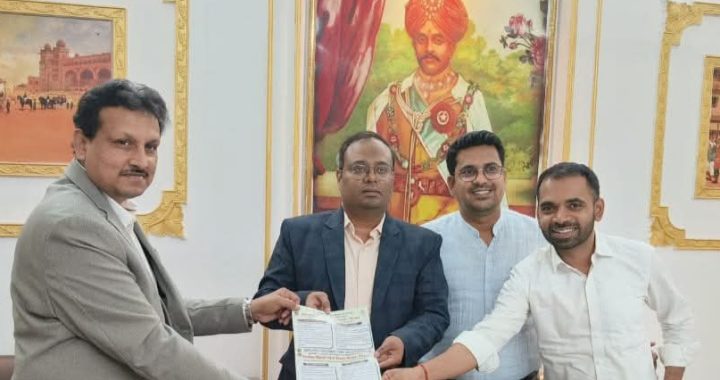Contact Phone 0821 244 0752
Indiranagar, Mysore, Karnataka 570010
Opened: 1892
Website http://www.mysorezoo.info
Visitors Timings (Tuesday Holiday)
Everyday from 8.30 am to 5.30 pm.
Sri Jayachamarajendra Zoological garden is home to several interesting species of wild life and has been responsible for the breeding of some rare animals in captivity.
Sri Chamarajendra Zoological Gardens, popularly known as ‘Mysore Zoo’, is one of the oldest zoos of the country established in 1892, by His Highness, the erstwhile Ruler of Mysore Sri Chamarajendra Wadiyar Bahadur. Mysore Zoo holds an important place in Karnataka. In 1909 the Palace Zoo was named as Sri Chamarajendra Zoological Gardens to commemorate the illustrious founder and since then it bears the nomenclature.
Mysore Zoo was started with an area of 10.9 Acres and during 1907 another 6.22 acre was added to the zoo. Subsequently the zoo was extended to 45 acres. A great visionary man Dr. M.H. Marigowda was instrumental in acquiring Kensington Gardens, along with famous Thandisadak from the palace and 5 acres of land towards western side including the road from C.I.T.B. Mysore. The Zoo area extended to 80.13 acres over a period of time. Government transferred 77.02 acres of Karanji Tank area to the Zoo during the year 1976.The master plan of Zoo covers 80.13 acres along with the 77.03 acres of Karanji Lake; right in the heart of Mysore city.
Mysore Maharajas took keen interest in zoo management and development. Mr. G.H. Krumbeigal, German Landscaper and Horticulturist were engaged to provide efficient management & development, who had also created the beautiful and now well-known Brindavan Gardens in Mysore and the Cubbon Park in Bangalore. An Australian by name Mr. Huge was selected to work as the Superintendent and thereafter Mr. Siddaraje Urs and Mr. S. Anantharamaiah.
The administrative control of the zoo was transferred from Palace to Horticulture department during 1948. In the year 1972, the Govt. felt that the Forest Department would be a proper parental department to nurture the famous Mysore zoo, so the management was transferred from the Parks and gardens department to Forest department. The Zoo was under the management of Forest department till 1979, when the Government decided to create an autonomous body i.e., Zoo Authority of Karnataka to run the Zoo. Since 2001 all eight zoos in the state transferred to ZAK for administrative control & management.
When the Maharajas visited European countries and Africa, they used to select interesting animals such as Chimpanzees, Giraffes and other Antelopes, Primates, Birds and Bears. One of the important dealers was Mr. Herman Ruhe, a German who owned different Zoos in Germany. Another feature of Mysore zoo was its role as “Orphanage” for rearing abandoned animals such as the calves of elephant and gaur, tiger and leopard cubs and other young ones. In addition, elephant calves were caught in Khedda were reared and subsequently sent abroad to various zoos. Rhinos were added during 1956. In 1977, a pair of Gorilla, a pair of Orangutans and some Chimpanzees were acquired and for the first time in Indian zoo history, all three species of large apes were housed together.
As an attempt to improve the genetic quality of the Sangai, Mysore zoo was the first zoo to acquire animals from both blood lines i.e., that of Culcutta and of Delhi Zoo. A white elephant considered sacred by many, was a special attraction and also rearing penguins in Mysore zoo was a speciality.
VisitorsZoo displays native and exotic animal species in natural settings, providing conservation education and experience based tourism activities. At present there are 1450 individuals belonging to 170 different species. The large number of animals is exotics like Gorilla, Chimpanzee, Zebra, Giraffe, African Rhinos, Tapir, Marmoset, Lemur, Baboon, Emu, and Cassowary etc. Even among the native fauna, there is a great diversity comprising Felids, Candies, Bovines, Deer, Antelopes, Primates, Reptiles, Birds, etc. All these beautiful and majestic animals can be seen in open natural enclosures. Hence, a visit to Mysore zoo is quite rewarding.
Mysore Zoo has the ability and scope to develop into an institute of excellence in captive breeding and help the cause of wildlife conservation and education.




